What is a Research Paper Conclusion?
The conclusion for a research paper can be defined as:
‘A conclusion in a research paper is like the grand finale of a fireworks show. It's where you bring all your ideas together, tie up loose ends, and leave a good impression on the reader.’
In general, a good conclusion serves the following purposes:
- Closure: Provides a sense of closure to your paper
- Revisits Core Findings: Recap the main arguments without introducing new information.
- Provide Closure: Tie together all sections of the paper for a complete finish.
- Highlight Significance: Emphasize why your research matters and its contributions.
- Understanding: Ensures the reader comprehends the significance of your research
- Final Impression: It leaves the reader with a memorable last impression
Conclusions can also serve as the starting point for more research. They help generate new ideas to solve a problem you talked about in your paper, or suggest different ways to look at a research topic.
What’s Included in a Research Paper Conclusion & How Long is it?
In the conclusion of a research paper, you bring everything together. Here's what you should include in this part of the paper:
- Summarize Findings: Quickly recap the important results or discoveries
- Explain Significance: Share why your findings matter in the bigger picture
- Address Limitations: Talk about any challenges or limitations in your study
- Suggest Future Research Point out areas where more research could be done
- Reflect on the Process: Share thoughts on how the research journey went
- Revisit Main Points: Remind readers of your main arguments or questions
Typically, a conclusion can take the shape of a single paragraph. But, depending on the nature of the research paper, it can be divided into 2 or 3 paragraphs.
Now, let’s look at the different types of conclusions that you can write for your research paper.
Types of Research Paper Conclusions
Depending on the type of research paper, the conclusion can take any of the following forms:
- Summary Conclusion: Recaps the main points and findings of your research
- Future Research Implications: Suggests avenues for further exploration and study
- Practical Applications: Discusses real-world applications of your research findings
- Reflection on the Research Process: Share insights gained during the research journey
The type you choose to adjust your conclusion to depends on the nature of your research.
Let’s now jump to writing an effective conclusion for your research paper.
How Do You Write A Good Conclusion For A Research Paper?
Follow the steps below and learn how to write a strong conclusion for a research paper that leaves a lasting impression.
Step 1. Restate the Problem Statement
The first and foremost part of a good conclusion is that it directly addresses the main problem statement of the research. Typically, wrapping this part up in a single sentence is enough. You don’t have to drag the sentence unnecessarily.
Here is a great example of the original problem statement and the restated problem statement in the conclusion:
Original:
“The growing use of plastic packaging in the food industry, particularly the surge in single-use plastics, poses a substantial environmental threat. This issue encompasses concerns like pollution, ecological disruption, and a challenge to ecosystems, demanding urgent adoption of sustainable alternatives.” |
Restated in the Conclusion:
“The growth of plastic packaging in the food industry has resulted in a significant environmental threat.” |
One thing to note is that you should avoid using the same wording you used in the initial problem statement. The problem stated in the conclusion should be different from the one you mentioned in the introduction.
Step 2. Revisit your Thesis Statement
After the problem statement, you should write the main thesis that you carried throughout the research paper. After you’ve written the body of your paper with supporting evidence, you’ll have a better idea of the bigger picture.
As a result, you’ll be able to reintroduce the statement in the conclusion in a better way. Also, don’t just paste the thesis statement from the beginning of the paper.
Here is an effective example:
Original thesis:
“As our research unfolds, it underscores the critical imperative to counter environmental harm caused by plastic packaging in the food industry. Advocating for eco-friendly alternatives, our study seeks to drive a transformative shift, minimizing harm and fostering a more sustainable future.” |
Restated in the conclusion:
“Our study introduces eco-friendly alternatives for food packaging that are crucial for minimizing environmental damage and promoting a more eco-friendly future.” |
Step 3. Summarize the Main Points
Summarizing your research paper's main points is essential, and here are some easy steps to take effectively:
- Firstly, pick out the most important arguments and facts. Make sure they matter, and avoid saying the same things over and over. Keep it simple and focus on the key points that show why your research is significant.
- Next, quickly go through the main arguments you wrote about in your paper. Shortly, state them and highlight how they all support your main idea.
- If there were any opposing views you talked about, just mention them briefly. Remind the reader why your main point is still strong even if there are different opinions.
- Lastly, don't bring in new stuff. Stick to what you already said. Remind the reader how solid your main points are without going into too much detail.
Here is an example:
“The widespread use of plastic packaging in the food sector has led to pollution, ecosystem disruption, and threats to wildlife. From single-use plastics clogging waterways to the long-lasting environmental impact of these materials, urgent action is needed.” |
Step 4. State the Importance and Significance of Your Ideas
After laying out the main points of your argument, it's time to highlight why these points matter. Once you've mentioned the key arguments, dive into why they are important.
You can talk about how your ideas affect the real world, or share research paper results that show why your discoveries are significant.
In the conclusion, write the most important things you learned—both practical and theoretical. You can suggest what people should do next or propose ideas for more research. This way, you finish your paper by showing why it all matters.
Here is an example:
“Researchers and innovators are actively developing and promoting sustainable food packaging alternatives, including biodegradable materials and reusable options. Shifting towards these solutions not only addresses the environmental challenges posed by plastic packaging but also encourages a more responsible and eco-friendly industry.” |
Step 5. Give your Conclusion a Closing Thought
To conclude your paper, consider leaving your readers with a compelling idea or a call to action.
End your paper with a thought that encourages more thinking about your argument and possibly answers any remaining questions from your paper's main points
Just as you've guided your readers through your research, providing a closing thought ensures they leave with something to think over or act upon.
Here is an example:
“In the face of escalating environmental concerns, transitioning to sustainable food packaging is not just a choice but a necessity. From supporting businesses that prioritize eco-friendly packaging to advocating for policy changes, individuals can play a crucial role in steering the food industry toward a more sustainable and environmentally conscious future.” |
You can summarize your paper into a well-written conclusion by keenly following the steps above.
Here is the complete conclusion we’ve extracted from the steps above:

Something to note here is that in an argumentative research paper conclusion, you have to summarize your key arguments briefly. But, in an empirical research paper, you have to sum up the key findings along with the results of your studies.
Argumentative Conclusion Example H4
Take a look at this example of an argumentative research paper conclusion.
In light of the evidence presented, it is evident that stricter gun control measures are a necessary response to the alarming rates of gun violence and mass shootings in our society. The analysis of statistical data and case studies underscores the urgency for comprehensive policies. Balancing the protection of Second Amendment rights with public safety requires a meticulous approach. Proposals such as enhanced background checks, limitations on high-capacity firearms, and increased investment in mental health resources represent a pragmatic and responsible path forward. As we navigate the complexities of this issue, fostering open dialogue and evidence-based policymaking will be crucial for shaping a safer and more secure future. |
Empirical Conclusion Example H4
Here is a good example of an empirical research paper conclusion.
The empirical findings from this study offer valuable insights into the relationship between regular exercise and mental health outcomes. Through detailed analysis of participant behavior, mood assessments, and physiological measurements, a clear correlation emerges between consistent physical activity and improved mental well-being. These findings underscore the significance of integrating exercise as a key component in mental health interventions. The data-based evidence strongly supports the positive impact of regular exercise on mental health. As we navigate the complexities of promoting holistic well-being, incorporating physical activity into mental health strategies proves to be a crucial and evidence-based approach. Future research endeavors should delve deeper into the mechanisms underlying this correlation, guiding the development of personalized interventions for mental health promotion. |
Some Good Research Paper Conclusion Examples
Get help from these research paper conclusion examples for an even better insight.
What You Should Avoid in Your Conclusion?
Now that you know how to write a conclusion for a research paper, you should also keep note of what to avoid.
Avoid Generic or Cliché Phrases
Refrain from starting your conclusion with statements like:
- In conclusion…
- In summary…
- To conclude…
- To summarize…
- To wrap up…
- To sum it up…
- In closing…
These phrases are redundant and don’t follow a professional tone in the context of a research paper.
Don’t add new information
Don't introduce brand-new info in your conclusion. Always stick to summarizing what you've already talked about in the research paper. Adding new information will confuse the readers, and they’ll be unsure what point you are actually trying to make.
There is no need to add new arguments in the conclusion.
Keep it Simple and Concise
Skip the use of fancy language, and don’t unnecessarily complicate your conclusion. Keep it simple and to the point. Use clear and straightforward expressions to make sure your message is easily understood by all readers.
Also, try to make your conclusion concise and keep the word limit in check. You shouldn’t address your research methods, as it will make the conclusion prolonged and lengthy.
Don’t State the Weaknesses of Your Research
It is a fact that every research has its fair share of drawbacks and weaknesses. If you have any doubts regarding your research paper, just state the limitations in a neutral tone. Focus on the strong points as much as you can.
Avoid Empty Phrases
Cut out vague phrases that don't really say much. Every sentence should add value and show why your research matters.
Don't be Too Ambitious
Avoid making your findings sound like they solve all the world's problems. You shouldn’t make big promises about what your research will do in the future. Be careful about setting the expectations.
Now, taking a look at some research paper conclusion examples will help you out. Read on!
To sum it up, a good conclusion brilliantly addresses the research question restates the thesis, and summarizes the main points.
An effective conclusion addresses the research's significance and ends with a compelling statement. Good researchers summarize all essential elements of a great conclusion while being concise and to the point.
However, if you’re just starting, or you haven’t written a research paper yet, our research paper writing service is here to help you out!
We have skilled writing specialists who can give your research paper the conclusion it deserves. Also, they can write research papers on any given topic with ease.
Hire our paper helper, and get rid of all your research paper writing worries today!
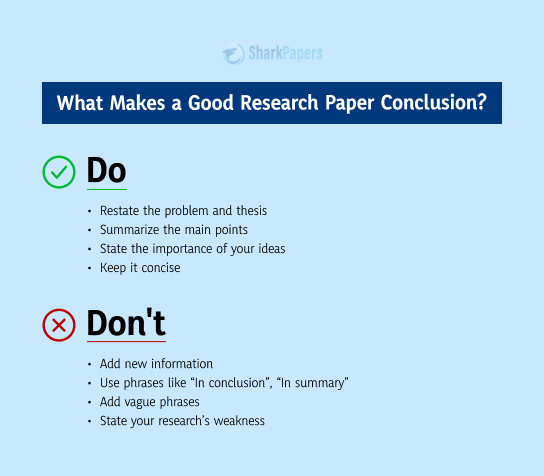

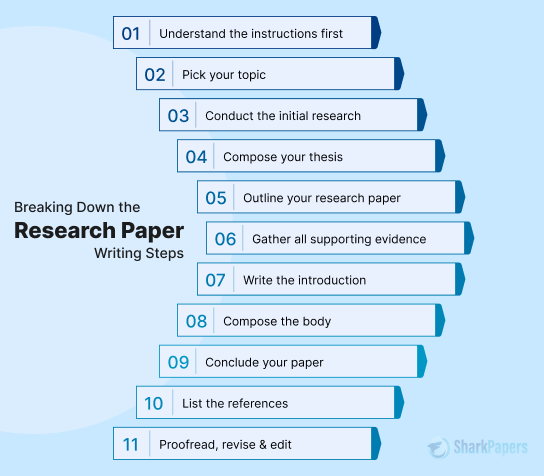






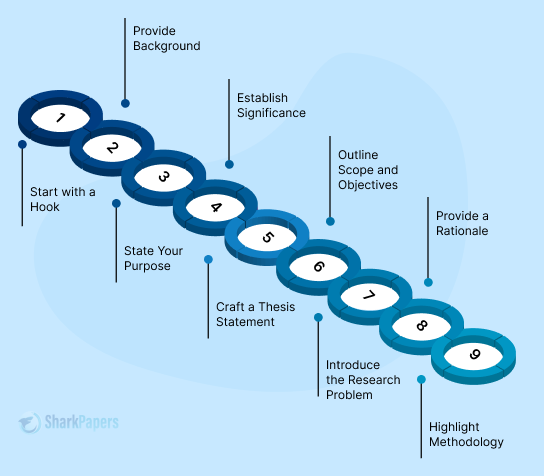
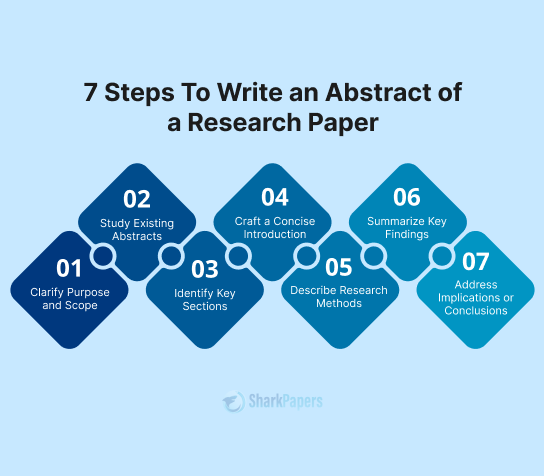
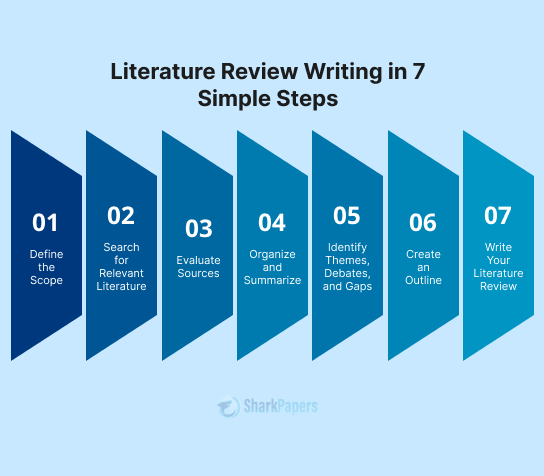
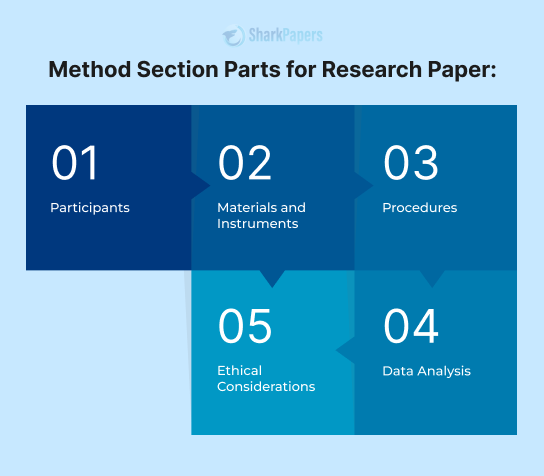
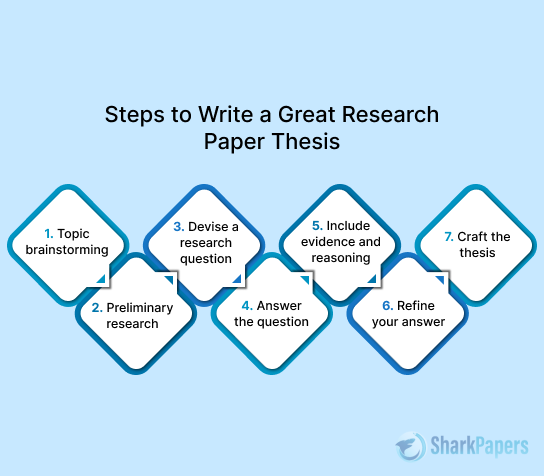
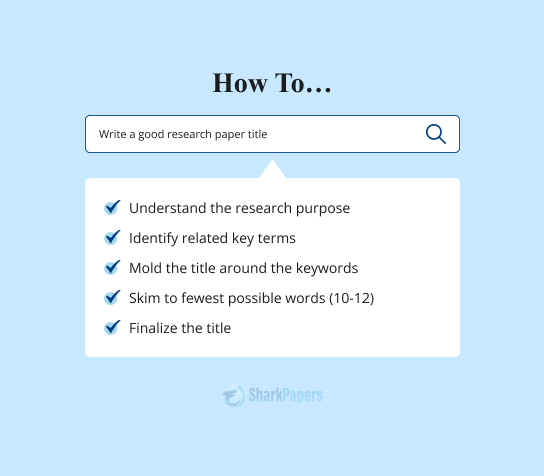
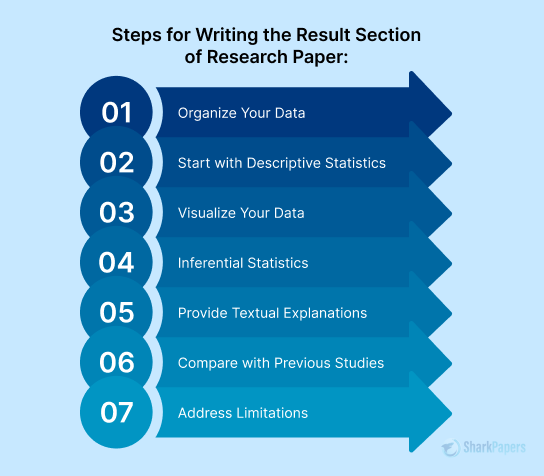
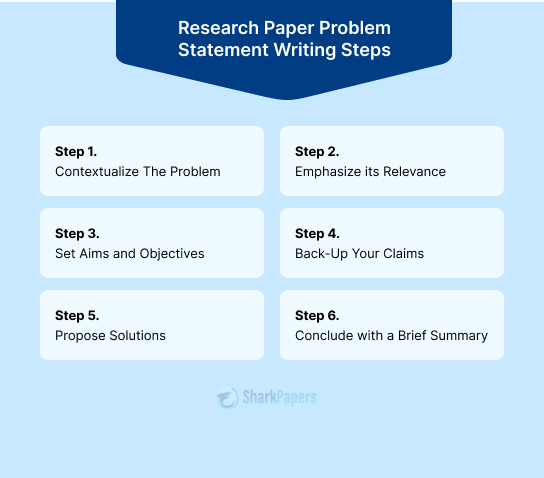
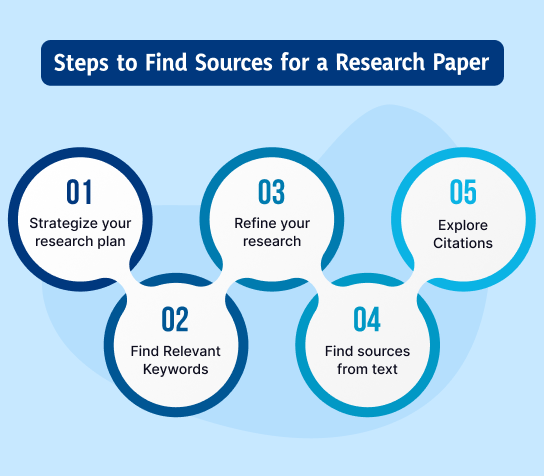
)
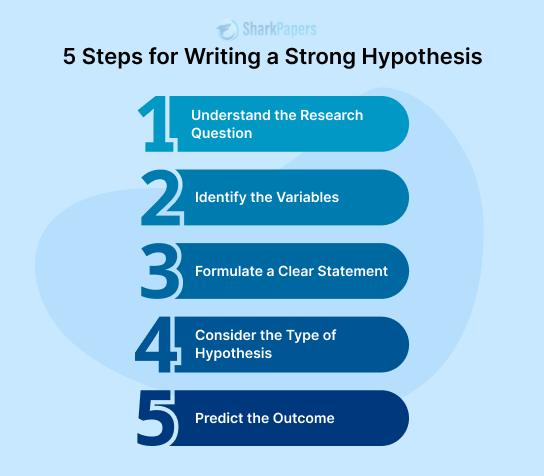
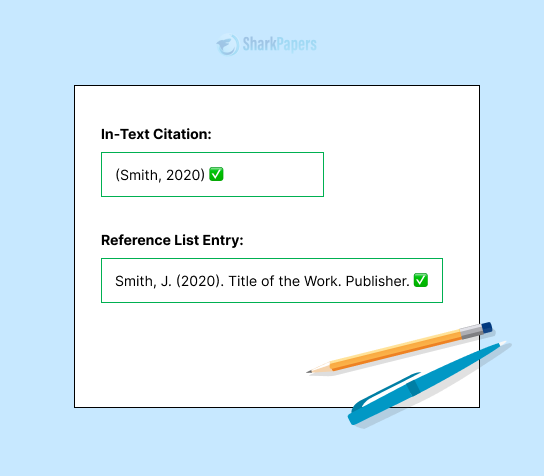
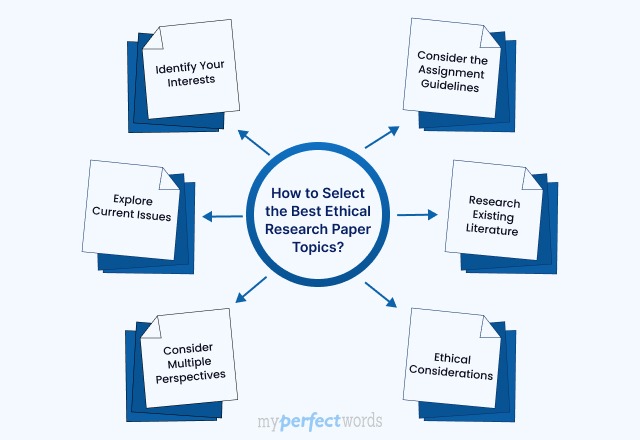
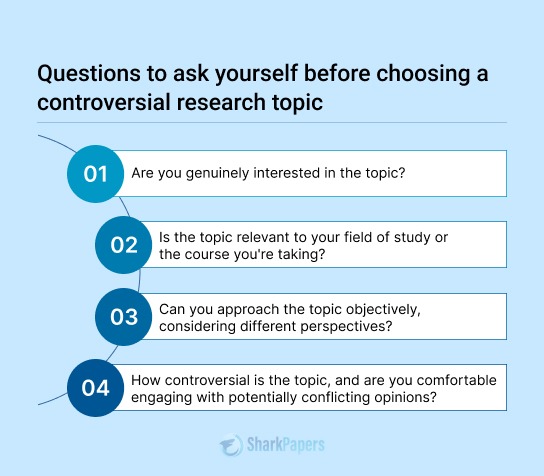
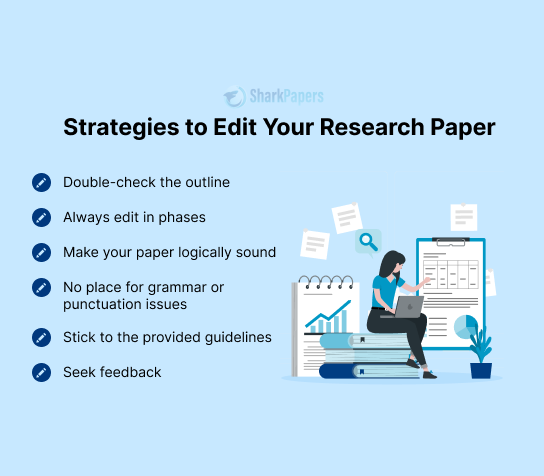
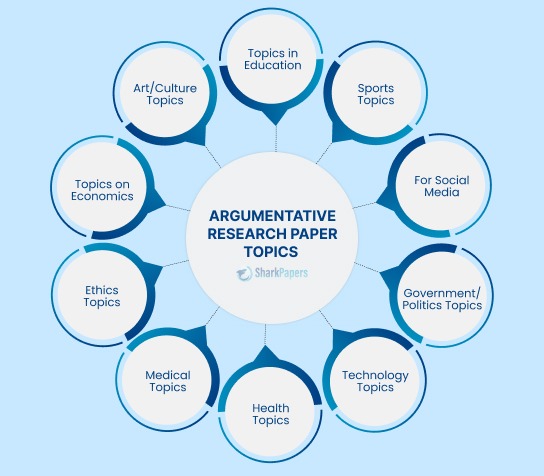
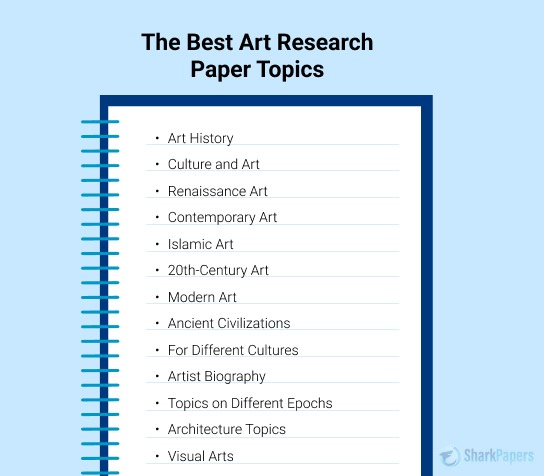
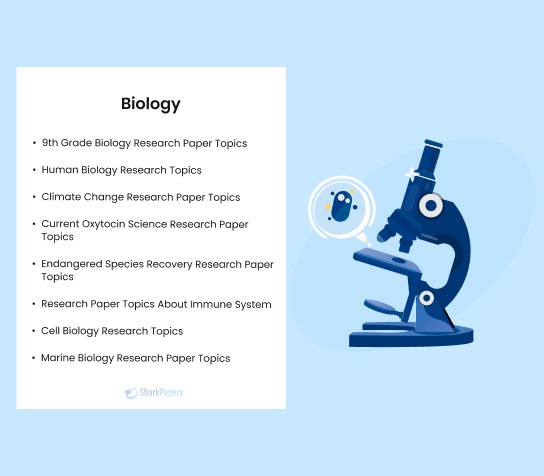
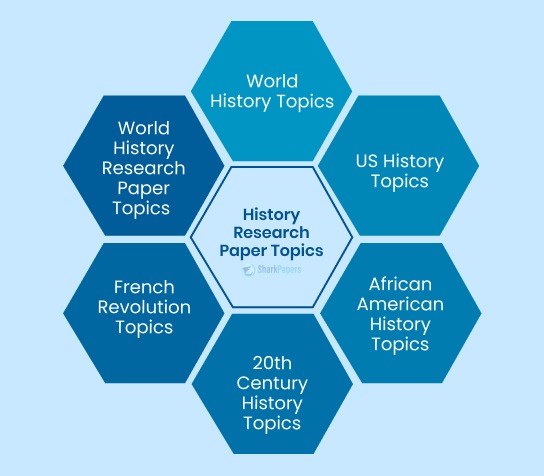
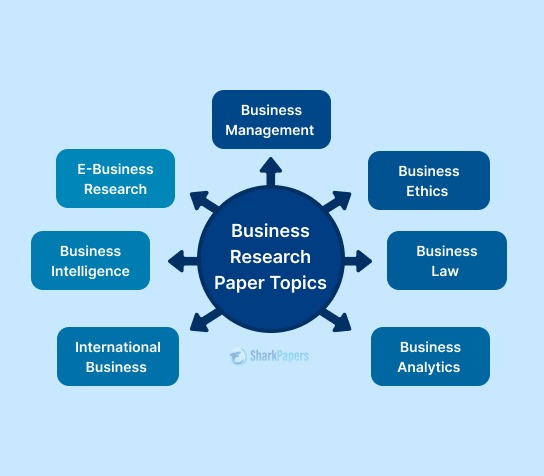
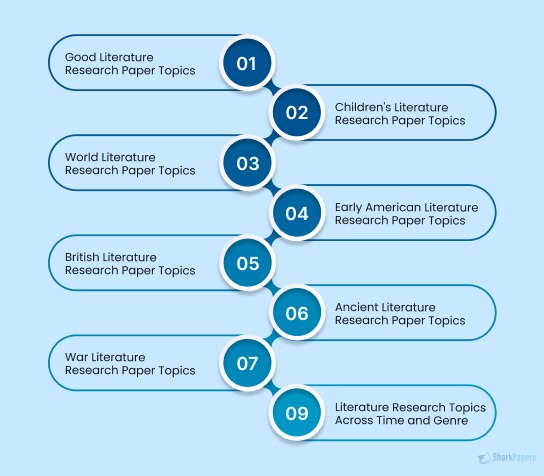
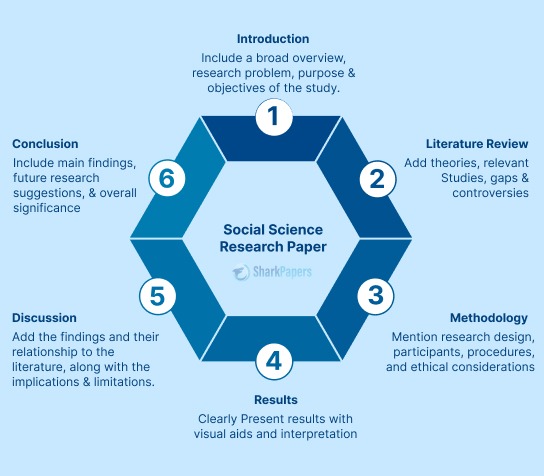
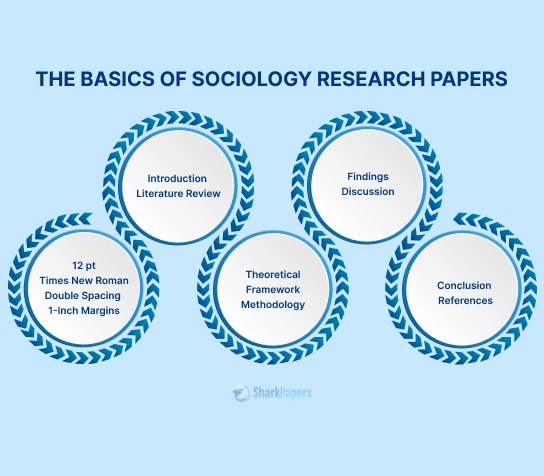
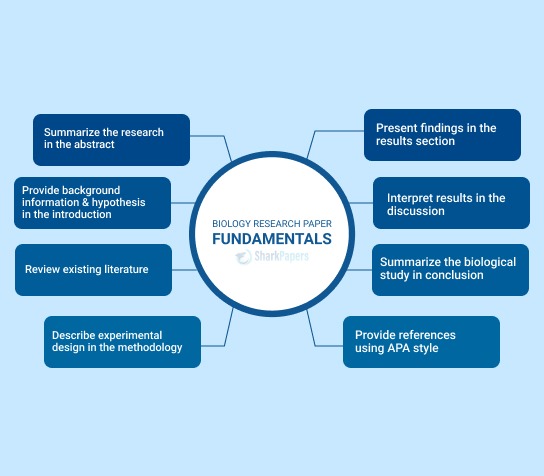
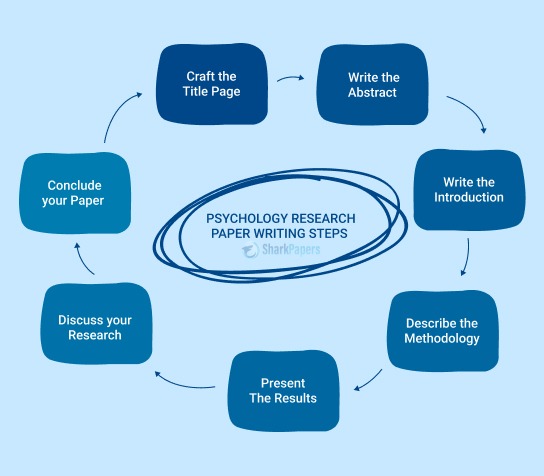
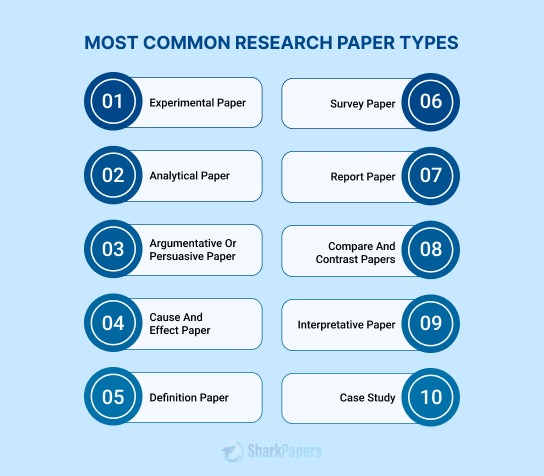

















-12114.jpg)














 Not seeing it? Check Promotions or Spam — inboxes get protective.
Not seeing it? Check Promotions or Spam — inboxes get protective.